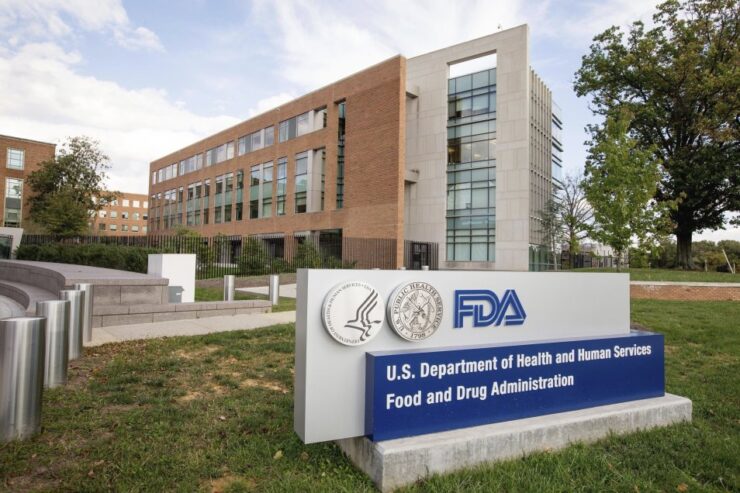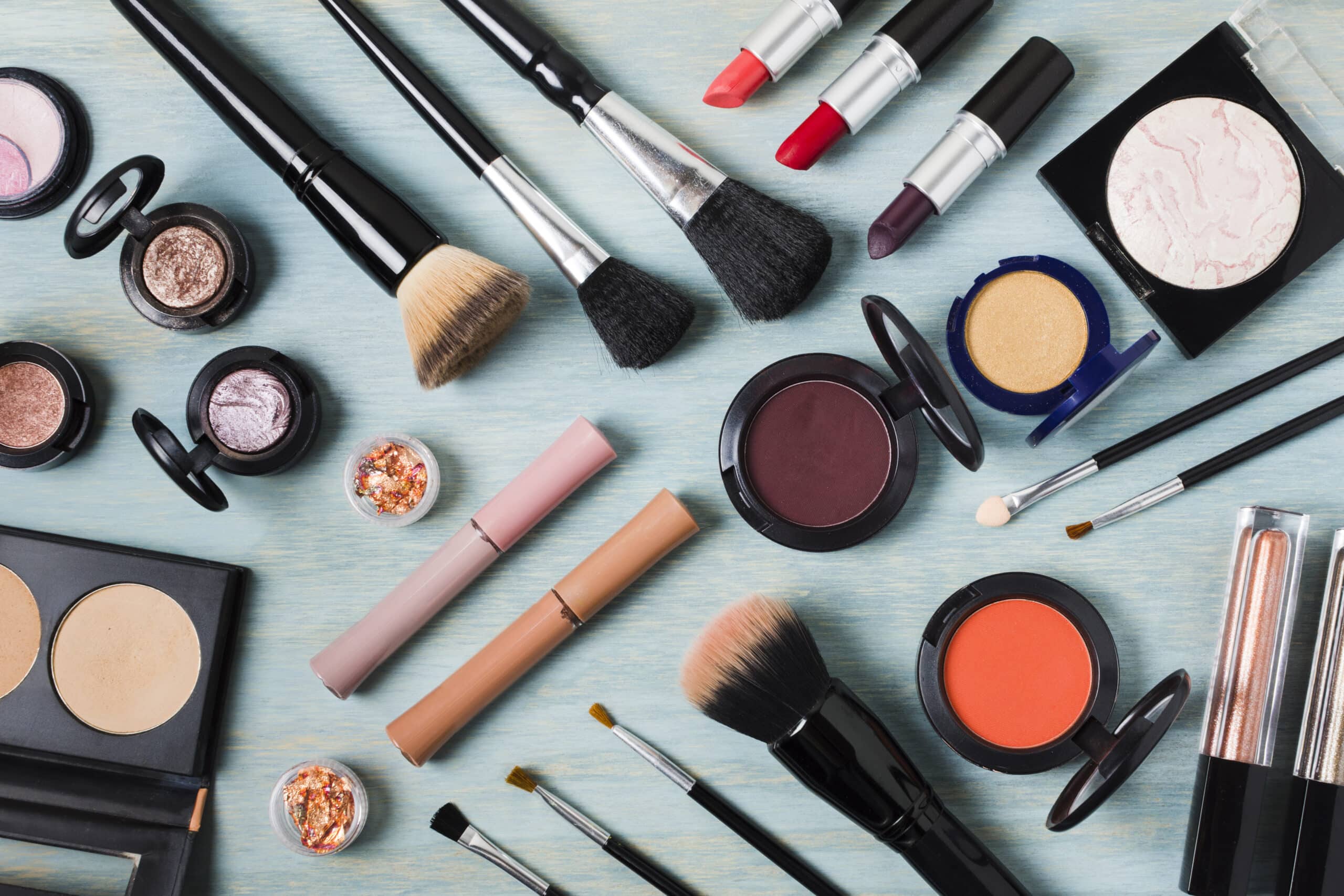Navigating the labyrinth of FDA regulations for cosmetics and personal care products can be a daunting task for both industry professionals and consumers alike. With an ever-evolving landscape of guidelines and requirements, it is important to stay informed and up-to-date on the latest rules and regulations.
In this article, we will take a deep dive into the complex world of FDA regulations for cosmetics and personal care, shedding light on key requirements and best practices for navigating this regulatory landscape.
Understanding the FDAs Authority and Oversight in the Beauty Industry

The Food and Drug Administration (FDA) has significant authority and oversight in the beauty industry, especially when it comes to cosmetics and personal care products.
The FDA is responsible for regulating and monitoring the safety and labeling of these products to ensure they meet certain standards for consumer protection.
This includes overseeing ingredients, manufacturing processes, and marketing claims. The FDA also has the authority to take action against products that are found to be unsafe or not in compliance with regulations.
Understanding the FDA’s role in the beauty industry is crucial for both consumers and businesses to ensure that products are safe and properly regulated.
Key Regulatory Requirements for Product Safety and Labeling
To ensure compliance with FDA regulations for cosmetics and personal care products, manufacturers must adhere to key regulatory requirements for product safety and labeling.
These requirements include proper ingredient listing, allergen labeling, product testing, and reporting adverse events.
Additionally, product labels must include clear and accurate information about the product, its intended use, directions for use, precautions, and warnings. Failure to comply with these regulations can result in serious consequences, including product recalls, fines, and legal action.
It is essential for manufacturers to stay up to date on the latest FDA regulations and to work with regulatory experts to ensure their products meet all safety and labeling requirements.

Emerging Trends and Future Outlook in FDA Regulation of Beauty Products
As the beauty industry continues to innovate and expand, the FDA is faced with the challenge of regulating a growing number of cosmetics and personal care products.
Emerging trends in FDA regulation include the rise of clean beauty standards, increased scrutiny of ingredient safety, and the push for more transparency in labeling.
Looking ahead, the future outlook for FDA regulation of beauty products is likely to involve greater collaboration with industry stakeholders, the development of new testing methods for product safety assessment, and ongoing efforts to keep pace with rapidly evolving technologies in product formulation and marketing.
With consumers becoming more discerning about the products they use on their bodies, the FDAs role in ensuring the safety and efficacy of beauty products is more important than ever.
Conclusion

In conclusion, understanding and adhering to FDA regulations is crucial for ensuring the safety and efficacy of cosmetics and personal care products.
By staying informed about labeling requirements, ingredient restrictions, and manufacturing practices outlined by the FDA, companies can protect consumers and maintain the integrity of their products.
This deep dive into FDA regulations emphasizes the importance of compliance in the beauty industry, ultimately leading to a safer and more transparent market for consumers to make informed choices about the products they use on their bodies.

